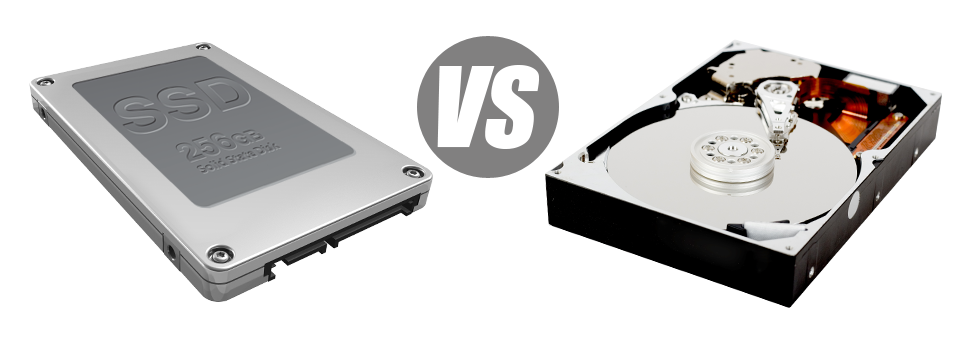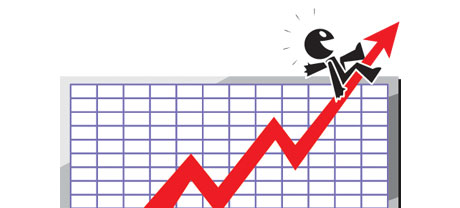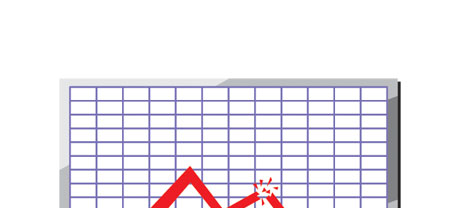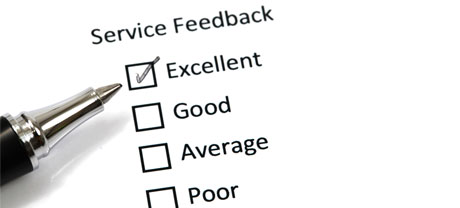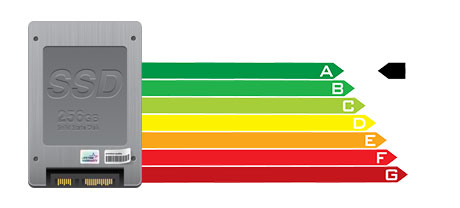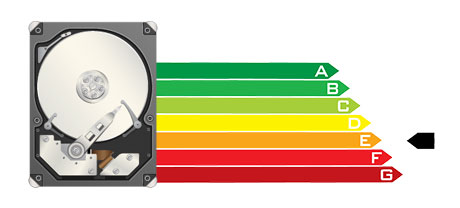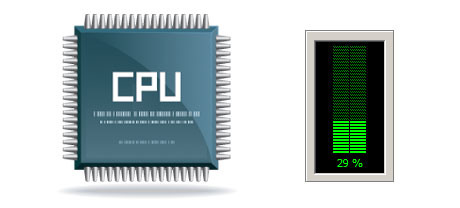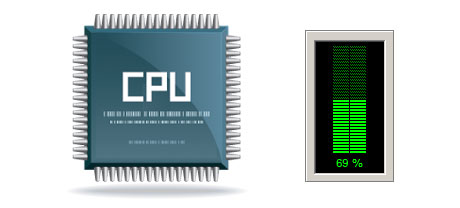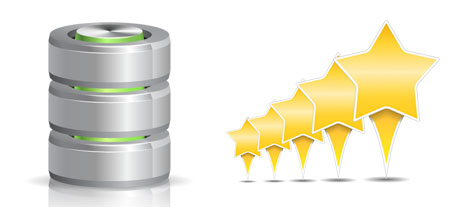For many years there seemed to be just one trustworthy solution to keep information on a pc – having a hard drive (HDD). Nonetheless, this type of technology is already demonstrating its age – hard disks are really noisy and sluggish; they are power–hungry and tend to generate quite a lot of warmth in the course of serious procedures.
SSD drives, alternatively, are quick, consume a lot less power and tend to be much cooler. They offer an exciting new solution to file accessibility and data storage and are years ahead of HDDs relating to file read/write speed, I/O operation as well as power efficiency. Figure out how HDDs stand up up against the modern SSD drives.
1. Access Time
SSD drives present a brand–new & ground breaking method to data storage based on the usage of electronic interfaces instead of just about any moving components and revolving disks. This innovative technology is noticeably faster, enabling a 0.1 millisecond file access time.
The technology powering HDD drives times all the way back to 1954. And even while it’s been significantly enhanced in recent times, it’s nevertheless can’t stand up to the innovative technology driving SSD drives. Using today’s HDD drives, the very best data access speed you can reach varies somewhere between 5 and 8 milliseconds.
2. Random I/O Performance
On account of the completely new revolutionary file storage approach incorporated by SSDs, they offer faster file access rates and speedier random I/O performance.
Throughout our lab tests, all of the SSDs revealed their capacity to handle at the least 6000 IO’s per second.
Hard drives offer reduced data file access speeds because of the older file storage and accessibility technique they’re making use of. And they also exhibit much reduced random I/O performance compared with SSD drives.
In the course of Dry Western ’s lab tests, HDD drives handled on average 400 IO operations per second.
3. Reliability
SSD drives don’t have any sort of moving components, which means that there is significantly less machinery inside them. And the less actually moving parts you will find, the lower the probability of failure can be.
The regular rate of failure of an SSD drive is 0.5%.
For the HDD drive to operate, it has to rotate a pair of metal hard disks at over 7200 rpm, keeping them magnetically stable in mid–air. They have a great deal of moving elements, motors, magnets along with other gadgets jammed in a tiny space. Therefore it’s obvious why the average rate of failing associated with an HDD drive varies somewhere between 2% and 5%.
4. Energy Conservation
SSDs don’t have any moving elements and need not much chilling power. In addition, they demand very little electricity to perform – tests have indicated they can be operated by a regular AA battery.
As a whole, SSDs use up somewhere between 2 and 5 watts.
HDD drives are known for becoming noisy; they are more prone to overheating and when you have several hard drives inside a web server, you will need a further cooling unit exclusively for them.
All together, HDDs take in in between 6 and 15 watts.
5. CPU Power
SSD drives permit better data access rates, which, consequently, encourage the processor to complete data file calls much quicker and after that to return to different responsibilities.
The typical I/O hold out for SSD drives is simply 1%.
Compared with SSDs, HDDs enable reduced data file accessibility rates. The CPU will be required to await the HDD to send back the demanded data, reserving its allocations in the meantime.
The regular I/O wait for HDD drives is approximately 7%.
6.Input/Output Request Times
It’s about time for several real–world illustrations. We ran a complete platform backup with a web server using only SSDs for file storage purposes. In that procedure, the average service time for an I/O call remained below 20 ms.
All through the same tests using the same server, this time fitted out using HDDs, performance was significantly sluggish. All through the server back–up procedure, the regular service time for any I/O requests varied between 400 and 500 ms.
7. Backup Rates
You’ll be able to feel the real–world benefits of utilizing SSD drives each day. For instance, on a hosting server furnished with SSD drives, a complete back up will take just 6 hours.
On the other hand, on a web server with HDD drives, a similar data backup normally requires 3 to 4 times as long in order to complete. A complete backup of any HDD–driven hosting server typically takes 20 to 24 hours.
Hepsia
- Live Demo
Service guarantees
- Each one of our Virtual Private Servers is setup for you at no charge. 99.9% network uptime. Full root/administrator access to the server.
Compare our prices
- Simply review the resources and features provided by all of our Virtual Private Servers. Find exactly which VPS package will give you exactly what you’ll need to handle your dynamic online presence with no hassle.
- Compare our hosting plans
Contact Us
- Our representatives are online for you round the clock to respond to any inquiries in relation to our VPS platform. 1–hour reply–back time guarantee.
